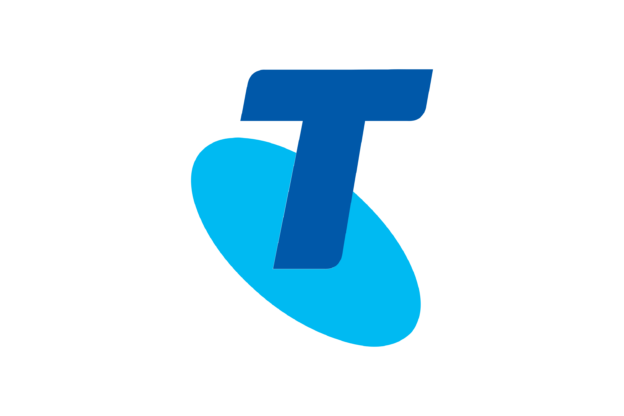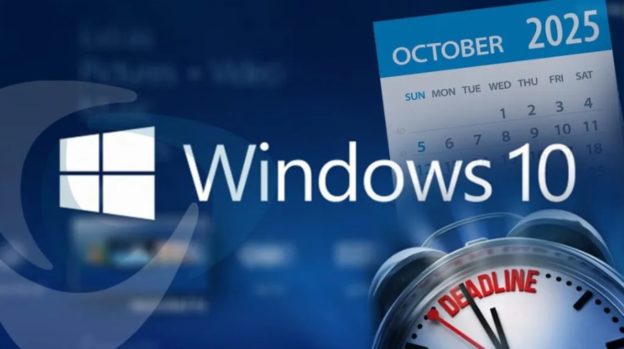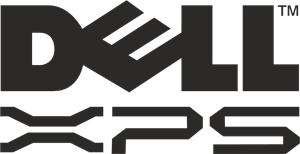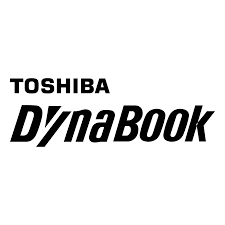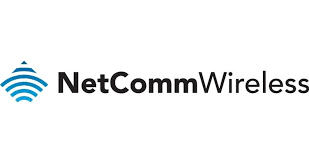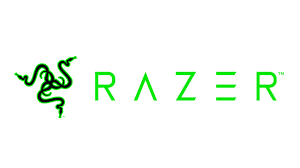Top 12 Cybersecurity Best Practices for Business
It’s easy for business owners to focus on marketing, growth, and planning better strategies to ensure the continuity of the business. While busy with all these, we tend to neglect one significant factor that determines the existence of a company – cybersecurity. Think about your business, how secured is the most sensitive data? Each passing day, internet hackers are multiplying in numbers, devising powerful strategies for attacking business security systems.
Even if you have a small business as opposed to a large organisation, it doesn’t imply you are entirely safe from these attackers. According to recent studies, about 71% of small businesses with less than 100 employees face more cyber threats due to their high level of negligence of some essential cybersecurity best practices for business.
If you own a small business, you shouldn’t take the issue of cybersecurity lightly. Cybercriminals are always on the lookout for loopholes in any business so they could come in and launch an attack, stealing vital information in the process. How can you protect your business from cyber threats? Here are some cybersecurity best practices you can start implementing today to avoid cyber-attacks in the future.
· Access your current security level
This is the best approach if you don’t know where to start from as you try to implement cybersecurity best practices for your business. You must first identify your assets and liabilities. Identify any potential threats in your business systems. And the best way to do this is to conduct a risk assessment for your business.
· Create and document cybersecurity policies
It’s common to find many companies operating by word of mouth and intuitional knowledge. It’s also vital to create and document cybersecurity policies. This will ensure everyone stays on the same page and are abreast of happenings within the organisation. The guidelines for various online training, information, and essential checklists for network security are outlined in the Small Business Administration (SBA) Cybersecurity portal. While it’s great to create company-wide cybersecurity policies, it’s vital to allow each department to create its policies based on their perceived needs.
· Update all cybersecurity software
This is a crucial step you mustn’t miss. Ensure all your security software is upgraded and up to date. Attackers can launch a malware attack on your servers anytime. Regular updates help to protect your systems and network.
· Backup your data
It’s essential to backup all data using a cybersecurity system. This is a necessary security measure you shouldn’t skip. It will prevent ransomware from taking hostage of your data. This is mostly the primary cause of data loss and security breaches in any organisation. More so, the effects can be very devastating to any business.
The SBA admonishes businesses to perform a regular backup of all sensitive data such as human resources files, financial records, electronic spreadsheets, databases, word documents, account receivables, and account payables. All data stored on the cloud need to be backed up as well. Ensure you save the backed up data in a separate location that is far from the reach of cybercriminals, floods, or fire outbreaks.
· Ensure all cybersecurity passwords are secure
To ensure your security is strong enough, you must change all cybersecurity passwords on any device that connects to the internet. This includes smartphones, PCs, printers, and even your car. Ensure you change all default passwords to high strength passwords that you can easily remember. The most secure passwords are those that have a mixture of upper case, lower case, numbers, and symbols. It must also be a minimum of 10 characters. Ensure you teach your staff to change passwords regularly.
· Train your employees
Do you know that your employees can quickly become vulnerable to cyber-attacks if you fail to train them on the best cybersecurity practices? Just imagine an employee signing into his work email from a public computer. This can create a fertile ground for cybercriminals to launch an attack.
In a typical small business setting, most employees assume multiple roles within a department, making it essential that they have access to private data and information of the business. Remember that you cannot legally hold an employee accountable for a security breach or data loss when you didn’t educate them on relevant security practices. Therefore, organise training, seminars, and workshops to enlighten employees on the need to be security-conscious and follow strict protocols when conducting anything that relates to the affairs of the business.
· Place staff with cybersecurity access on the watch list
You mustn’t grant too many staff members access to sensitive data of the business. Limit access to a few staff members and ensure they are capable of handling such responsibility. Also, it’s essential to put them on the watch list. Most times, a data breach cannot occur without the knowledge of these staff. This is why it’s imperative to keep an eye on them. Although they may be prone to human error and make mistakes in a bid to secure the company’s vital information, some wolves in sheep clothing might breach security measures intentionally to cause havoc to the system.
Train all staff, especially those in the IT department, on how to quickly identify cyber threats and flaws in the system. If an employee can identify a loophole on time, various security measures could be taken to curb a cyberattack before these criminals take advantage of the gaps. All staff should also be encouraged to report any suspected threat that develops within the system.
· Install anti-malware software
Cybercriminals may launch phishing malware on your employee’s computer when a link sent in a phishing email is clicked. According to the Verizon 2019 Data Breach Investigations Reports, 30% of employees do not know how to identify a phishing email when it arrives. Although you may advise them on why they should never click any link in their mail, it’s best to install anti-malware software on all devices. More so, negligence may occur most times, and an employee may unknowingly give out the company’s info to a third party.
· Enable firewall protection at how and work
The significance of having a firewall for your company’s network cannot be overemphasised. It is a vital line of defence for protecting your business data against cyber-attack. You should enable a firewall to prevent unauthorised access to mail services and other useful information. Businesses can install both an internal and external firewall for maximum protection. Also, if any of your employees work from home, it’s essential they install a firewall on their home networks as well. Providing employees with relevant firewall software is always the best approach.
· Invest in security systems
If you must follow IT best practices to the latter, you must be ready to invest in security systems. Although this might take a toll on the finances of small businesses, it’s a necessary step. And it could save any company from losing sensitive data to cybercriminals as well as possible legal and financial costs in the event of a data breach. They include installing a reliable antivirus and anti-malware protection and software for running regular system checks. It’s also essential for the company to provide maximum data security in the workplace. Also, ensure all security systems and software are revised frequently to defend against the latest cyber threats.
· Employ third party controls
Companies need to educate their employees on how not to release sensitive business information to customers, clients, and other employees of the organisation. Businesses also need to monitor third parties, such as former employees and consultants. Before an employee leaves an organisation, he must be mandated to present all vital documents in his possession to the company. This includes login access, documents, and other materials that may be used to facilitate a data breach in the future. Also, all passwords managed by the employee must be changed to a stronger one, and log in access must be monitored before transferring it to a new employee.
· Buy cyber insurance
Even with all these protections, there might still be some chances of cyber-attack on your systems anytime. So, it’s imperative to purchase cyber insurance so you can protect your business against the losses that occur in the event of a data breach.
First-party coverage provides coverage for data breaches such as theft or loss of personal or business information, and other cyber-attacks that are happening in the digital space that may affect your business infrastructure and those held by vendors.
Third-party coverage provides compensation for those affected by a data breach, the cost of litigation, and any expenses arising from settlement and claims.
You can Prevent a Data Breach in Your Business
With the right knowledge, which should include these cybersecurity best practices for business, you can prevent a data breach and minimise your company’s vulnerabilities to cyber threats. Remember that just one click sent from a hacker could open the door to so many cyber threats and data loss.
These cybersecurity best practices will help your business stay safe, enable you to respond swiftly to perceived threats, and amend any leakage in the security systems before cybercriminals leverage on the opportunity.
References
- http://smallbusiness.house.gov/news/documentsingle.aspx?DocumentID=398099
- https://www.sba.gov/business-guide/manage-your-business/small-business-cybersecurity
- https://www.sba.gov/managing-business/cybersecurity/top-ten-cybersecurity-tips
- http://www.verizonenterprise.com/resources/reports/rp_dbir-2016-executive-summary_xg_en.pdf
Written by The Original PC Doctor on 13/01/2020.










